As the regulatory landscape becomes ever more stringent and complex, it’s more crucial than ever for businesses to have a firm grasp on their quality assurance (QA) processes.
However, all too often, firms in the architecture, engineering and construction (AEC) industry overlook critical tasks like audit trails, compliance and risk management or delegate them to the wrong people. For example, smaller organizations may leave QA to the office manager, while larger businesses may have QA carry its own function within or separately to health and safety.
Why do I need quality assurance?
QA system standards provide frameworks that help businesses ensure their processes, products and services meet customers’ requirements. Regulatory standards and frameworks, such as the ISO 9001, exist to help firms achieve specific objectives, such as:
- Guarantee total client or customer satisfaction
- Ensure products and services are safe and secure during usage
- Ensure the business complies with local and international legislation and regulations
- Ensure companies are environmentally responsible
- Guarantee stakeholder confidentiality for customers, employees, investors and partners
- Maximise resource allocation and minimise waste
Meeting these objectives is vital for organisations to demonstrate their credibility and ensure stakeholder confidence. In many cases, this is critical to potential customers - especially governmental organisations - choosing which suppliers to procure products and services from. As a result, getting QA standards right is often a business-critical process.
Putting these processes in place also helps organisations to improve their working practices. This ensures worker safety, as well as compliance with environmental requirements and meeting data and privacy regulations. As a result, errors will be kept to a minimum, inconsistencies will be reduced if not removed, and the quality of products and services will be enhanced.
The company can then demonstrate its ability to provide high-quality products and services. This, in turn, means happy customers who are more confident in a brand’s ability to deliver their requirements.
Furthermore, businesses that comply with QA standards can also prove they comply with global trading process requirements. They can be certified to trade products and services on the global market, opening the door to new sales opportunities and further economic benefits like international investments and partnerships.
For example, QA is vital to standardizing processes like document control, managing project information, and on-site activity in the AEC industry. Getting QA right will reduce the money spent on disputes, reduce the risk of errors, ensure safer buildings and, ultimately, help projects run smoothly and complete successfully.
How do I achieve quality assurance?
Meeting various QA system requirements relies on a commitment to organisational management and implementing, operating and reviewing policies and objectives. This comes from the very top of an organisation, as management need to deliver:
- A quality policy with targeted objectives that are communicated to employees across the organisation
- Documentation of system processes and the roles and responsibilities of people that will manage them
- Provision of necessary resources, time and training to quality management personnel
- Guarantee that systems meet customer experiences and organisational objectives
- Regular assessment of systems to measure key performance metrics like compliance, effectiveness, compatibility and competence
- Ongoing monitoring of corrective measures to optimise the system
An example of quality assurance: ISO 9001
ISO is a QA framework that helps organisations benchmark their products and services and meet regulatory requirements. ISO 9001 explicitly empowers businesses to deliver their customers’ quality expectations.
ISO 9001 is built around seven QA key principles:
- Customer focus
- Leadership
- Process approach
- People participation
- Continual improvement
- Decision-making based on evidence or fact
- Relationship management
QA issues in the AEC industry
All too often, AEC firms don’t have the tools and technology in place to standardize processes like document management and project information storage. Furthermore, many businesses simply hope projects that don’t have QA processes in place don’t get picked for an ISO audit rather than addressing the issue.
This leads to errors being made, important project information being mislaid or lost, and client deadlines or requests being missed or failed. And, as the Grenfell Tower disaster highlighted, there is no substitute for a proactive approach to QA, quality management and risk management.
A couple of the most prominent issues affecting AEC firms are:
Manual data storage: Deploying manual, paper-based information record-keeping processes eat up vast amounts of time and inevitably leads to errors being made. A more modern approach like spreadsheets is a move towards the right direction but also requires people to spend hours manually entering and retrieving data.
Disparate document management systems: Even digital projects can be restricted by deploying disparate or disconnected systems. This results in project teams communicating poorly, which causes significant time delays when an issue is found or scope changes are required.
Legislation is driving change
AEC firms’ inefficiencies are being addressed by moving towards the Government’s “golden thread of information.” This emerged in light of the Grenfell tragedy and radically rethinks how the construction process works and new buildings are developed.
Before any construction project can begin, golden thread information must be provided, including:
- Complete building plans, including detailed fire and structural safety risk management.
- A 3D digital model of the building plan, which contains the proposed construction products.
- A fire statement that addresses fire service access and water availability.
- A construction control plan that outlines compliance with Building Regulations. Any changes will be agreed upon with the client and principal designer and approved by the regulator.
The new legislation also requires information to be stored in digital format and comply with BIM standards. Information also needs to be accessible by the regulator for analysis and comparison purposes and include critical data like building ID, the location, size, type and age of the building, safety and structure features, the outcome of regulatory gateway reviews and names of the building’s duty holders.
Achieve QA standards with Mail Manager
New standards in building construction are forcing AEC firms to improve their document management processes and make data more readily available.
The first step in this process is making project information more easily discoverable and give employees access to the data they need when they need it. The vast majority of project correspondence resides in email systems, from contracts and project agreements to scope changes and client complaints. It, therefore, makes sense to establish email as the foundation for project management.
Mail Manager uses artificial intelligence (AI) to automatically file emails to the most appropriate folder within SharePoint and other standard storage services. The tool learns employees’ filing behaviours across project teams to understand where information needs to be stored. Its AI engine can then predict where each email should be filed and ensure it is stored in the most appropriate location. This removes the risk of human error, leading to emails being filed incorrectly or important project data being deleted forever.
Discover how Mail Manager can help your organisation take control of quality assurance with a free trial of our solution.










